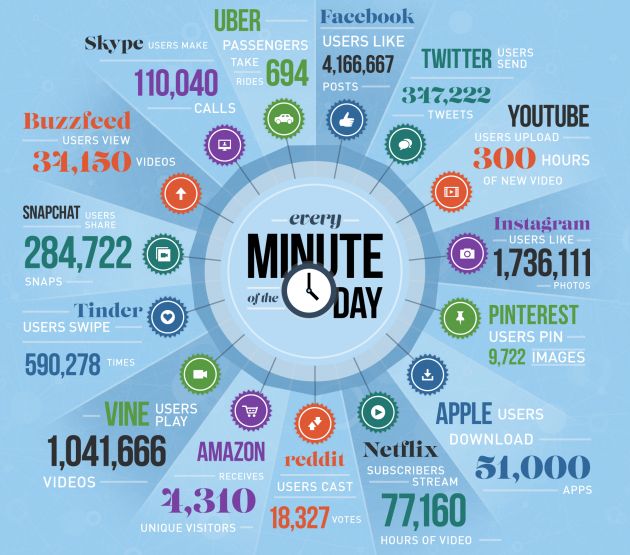
Companies that concentrate on their customers can attain incredible sales figures for several reasons. The current generation of consumers is not impressed with traditional advertising strategies. Instead, they want to feel valued as an individual, meaning they want the company to anticipate the customers’ needs in a personalized an accurate manner. And this level of personalization is something that data analytics can help a company achieve.
As customers’ demands grow, so should your product line. By predicting your customers’ needs, you can get ahead of the game, ensuring that your customer conversion and retention rates remain high. Having said this, it’s necessary to study your competition and how other players in your industry are using customer data to their advantage. If data is not used in a targeted and actionable manner, there’s a good chance your brand will lose traction in your space, paving the way for the competition to increase their share of the market at the expense of yours.
How can data analytics drive sales for your company?
1) Enabling segmentation: Segmentation is the key to building a well-catered product line. One size does not fit all in business these days; if you are trying to sell your products to every population segment, your marketing strategy will likely fail to hit the mark with some customers. A product’s popularity varies based on multiple factors, including buying habits, age, sex, product usage, etc. Through effective segmentation, you can personalize your marketing strategy according to the needs of a specific customer segment. This technique can help you go a long way in deciding what product is best-suited for which customer group, expanding your customer base and increasing your company’s sales figures.
2) Product development: Customization is the key to a good sales strategy. In order to stay ahead of the competition, companies need to compile and analyze data about their customers. Examining customer feedback is an effective way to determine how to sell your product as you can use this information to inform your marketing strategy. Using this information allows companies to work out any inefficiencies in their sales strategies, ensuring they emerge victorious in the competition. For example, companies such as Netflix and Amazon look at the viewer response rate for their shows and use this data to decide which shows to highlight on the homepages of their streaming services.
3) Help customers decide what they want: The best thing about data analytics is its power to make accurate predictions. By using strong predictive algorithms, companies can forecast what customers might want in the future. Not only is this an integral part of the sales prediction model, but it can also go a long way in helping retain the right customers. Customers might want to order the products being showcased and continue doing business with a company if the products they suggested appeal to them, which ultimately bolsters a company’s revenue and profitability. This approach helps companies retain customers as they are constantly reminded of products they may find appealing.
4) Pricing the products right: Pricing plays an integral role in helping companies put their products forward to the customers. Some industries can be extremely competitive, which means that a company can fail if it does not have the right data to inform them what the right prices are for each product. Through the use of data-driven pricing strategies, the right price can be easily unearthed by analyzing the competition, making it possible for companies to set the right prices on the right products. Pricing decisions can also be influenced based on customer spending patterns, allowing the company’s sales teams to ensure a price that is both profitable and affordable is set to a product.
5) Email campaigns: There is no denying that emails are one of the best ways to reach your customers. Having said this, one could also say that analytics can be used to capture which email subject phrases and words are most likely to capture the interest of the customers. This can only be achieved through the use of analytics. Understanding response rates, as well as the best days and times to send emails are useful ways to determine how to advertise products or services to customers via email campaigns.
Analytics can help businesses understand their data, while also helping them conduct a deeper dive into the ways and means in which this data can be used to enhance business operations. The more a company understand the data, the more effectively it can be used. Due to this very reason, it is important for businesses to use the right tools and unearth the right insights in order to inform their decision-making. When done right, this leads to higher customer retention rates and a higher profit margin.
Also Read
Thinking about DevOps culture? Inculcate these 5 must haves to make the most of it
How Cloud Computing is changing the Business World
Best Practices for Ensuring DevOps Security


